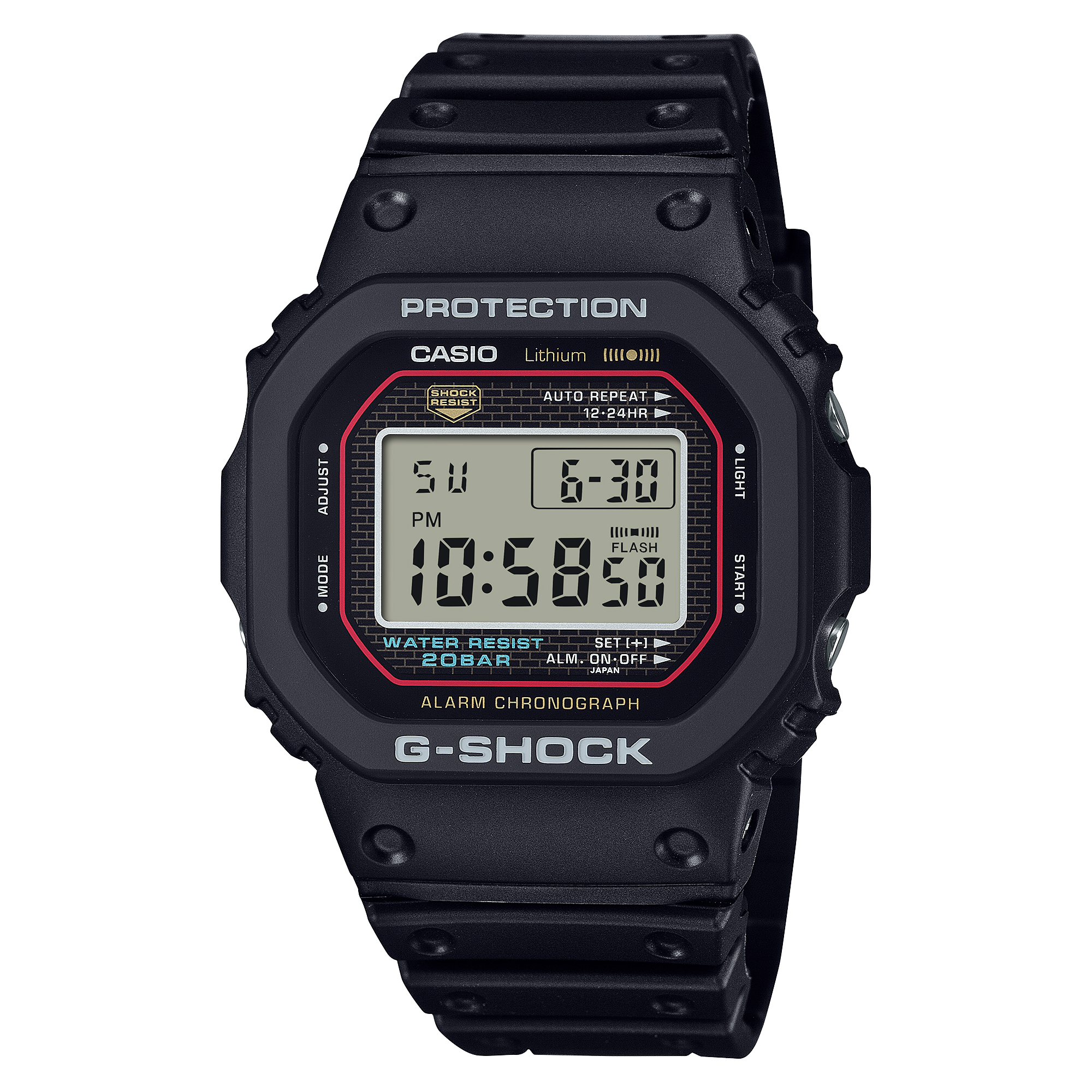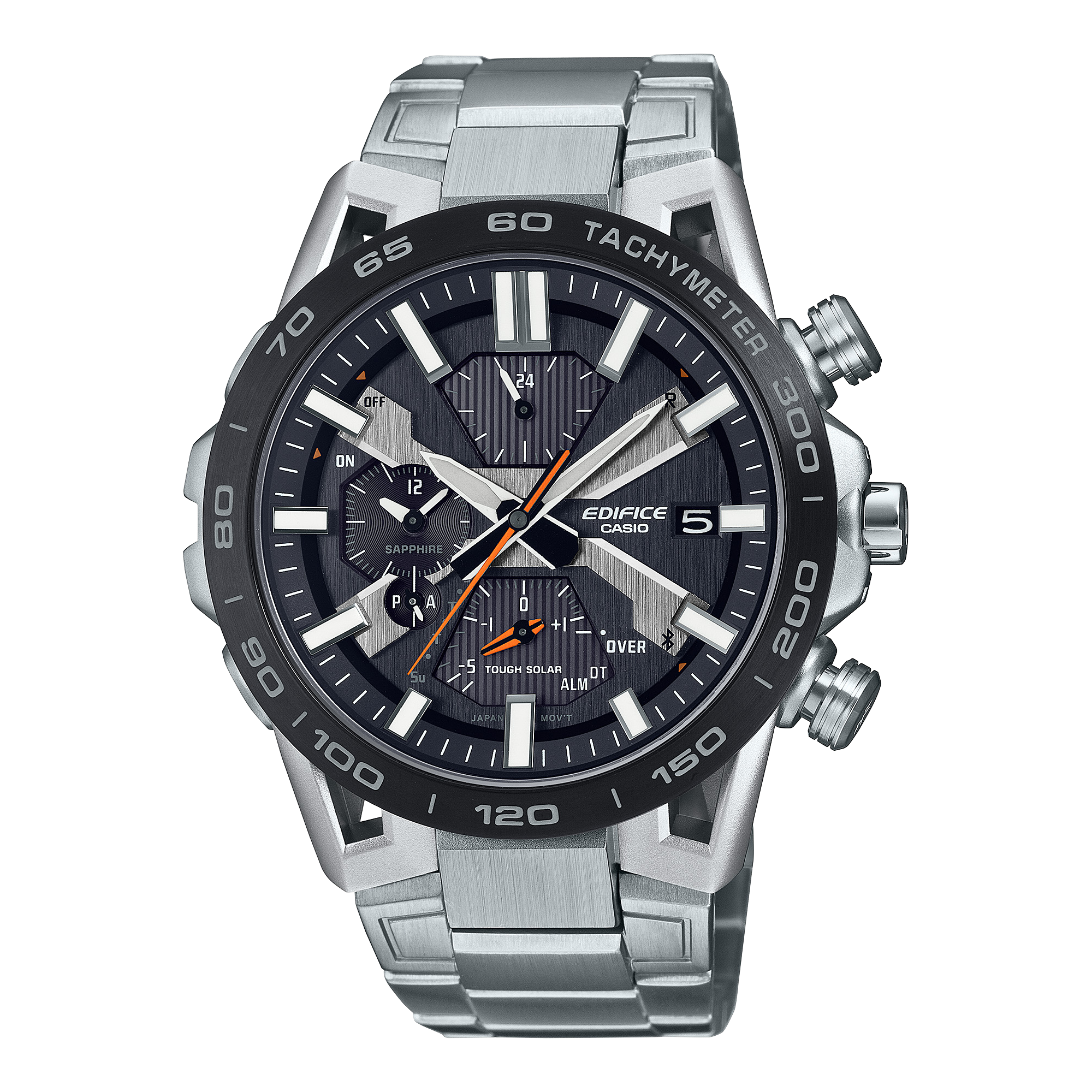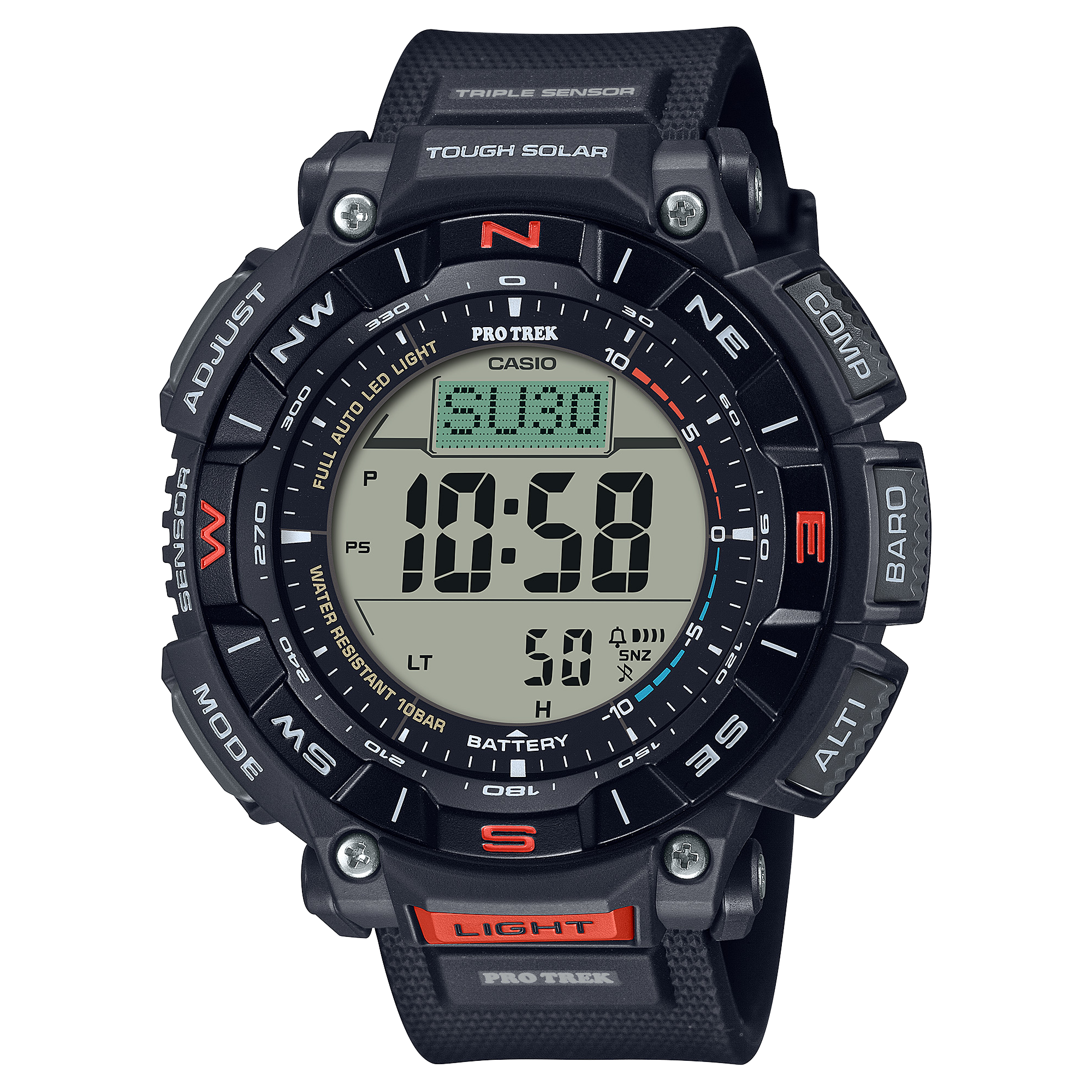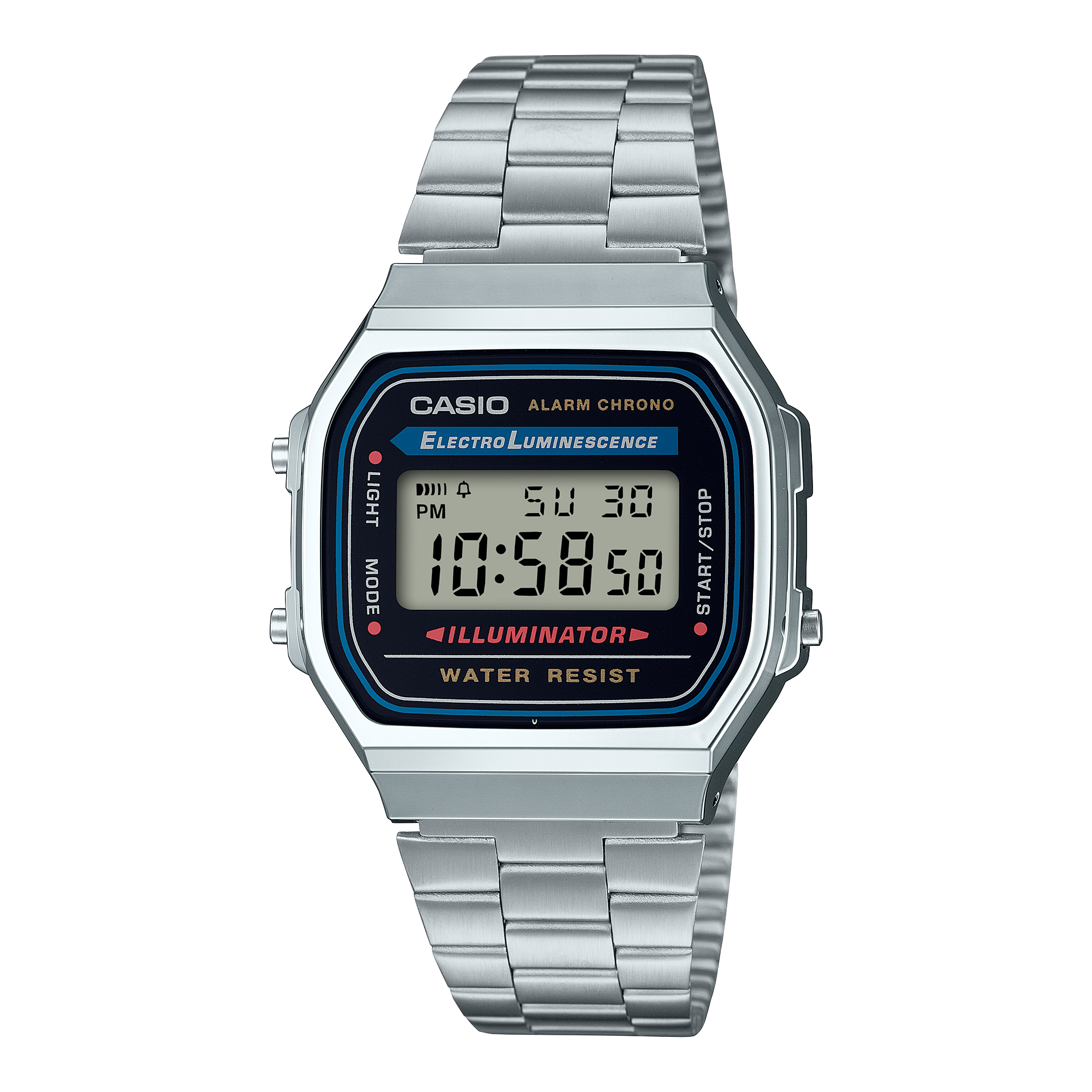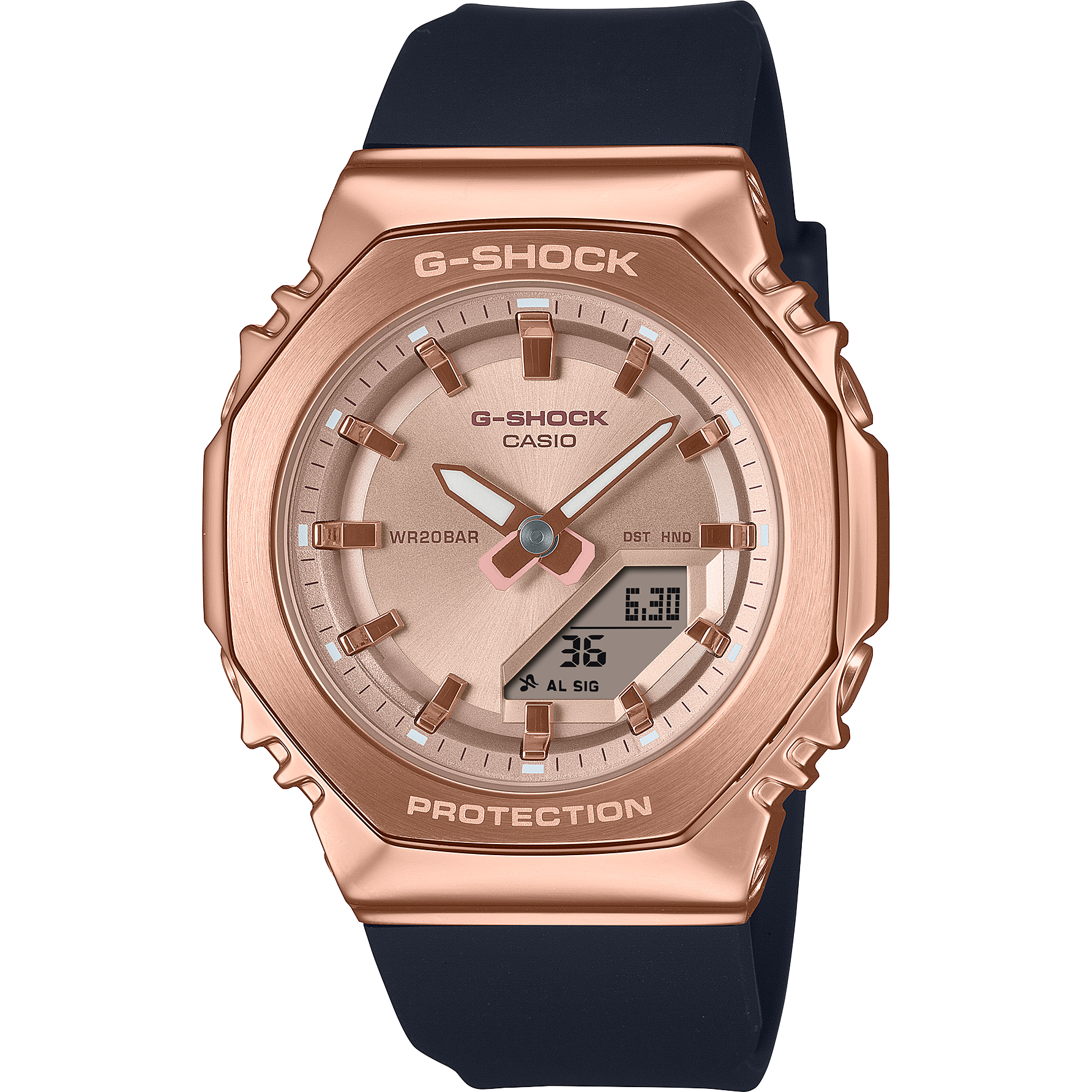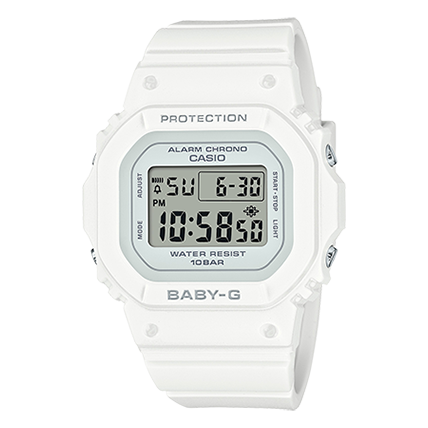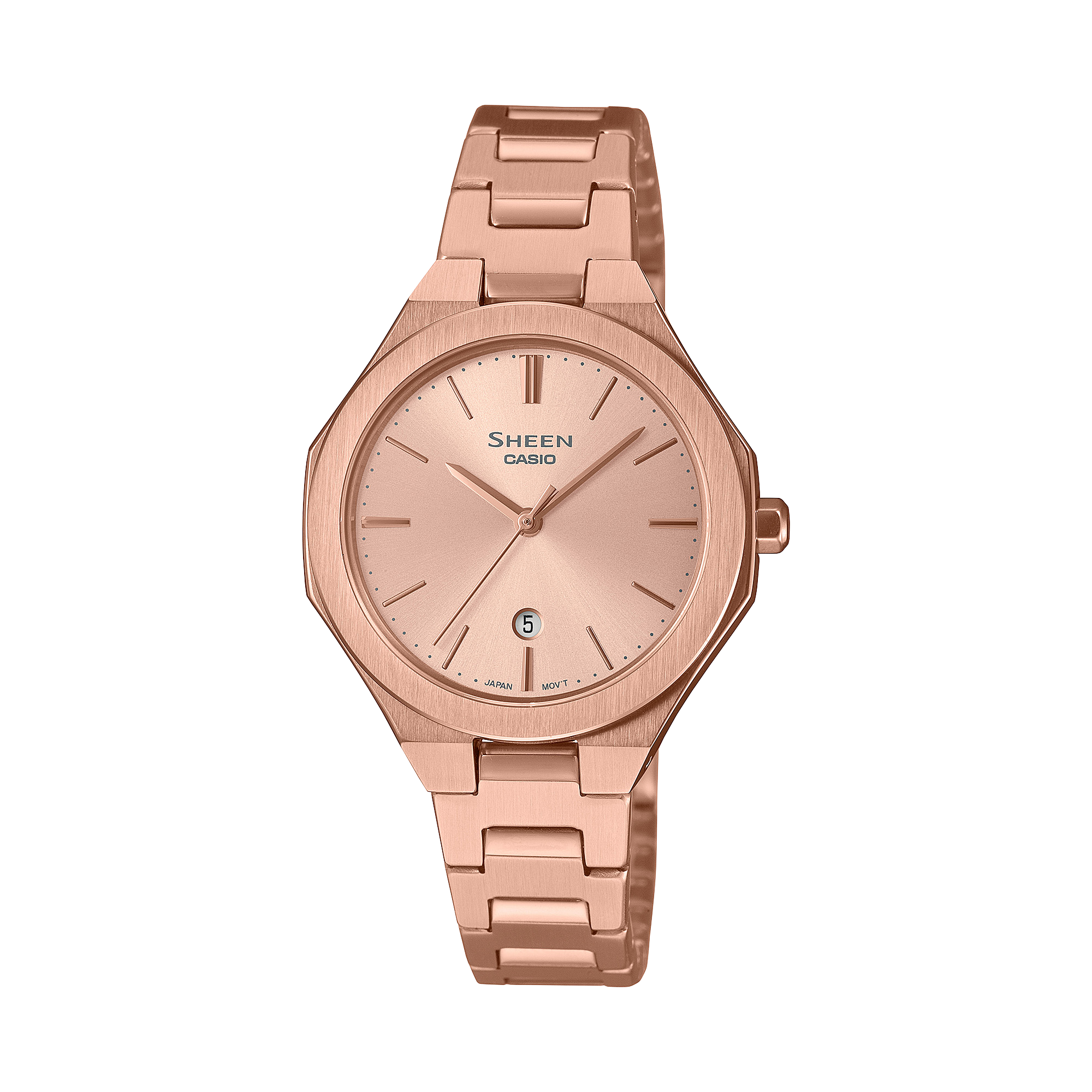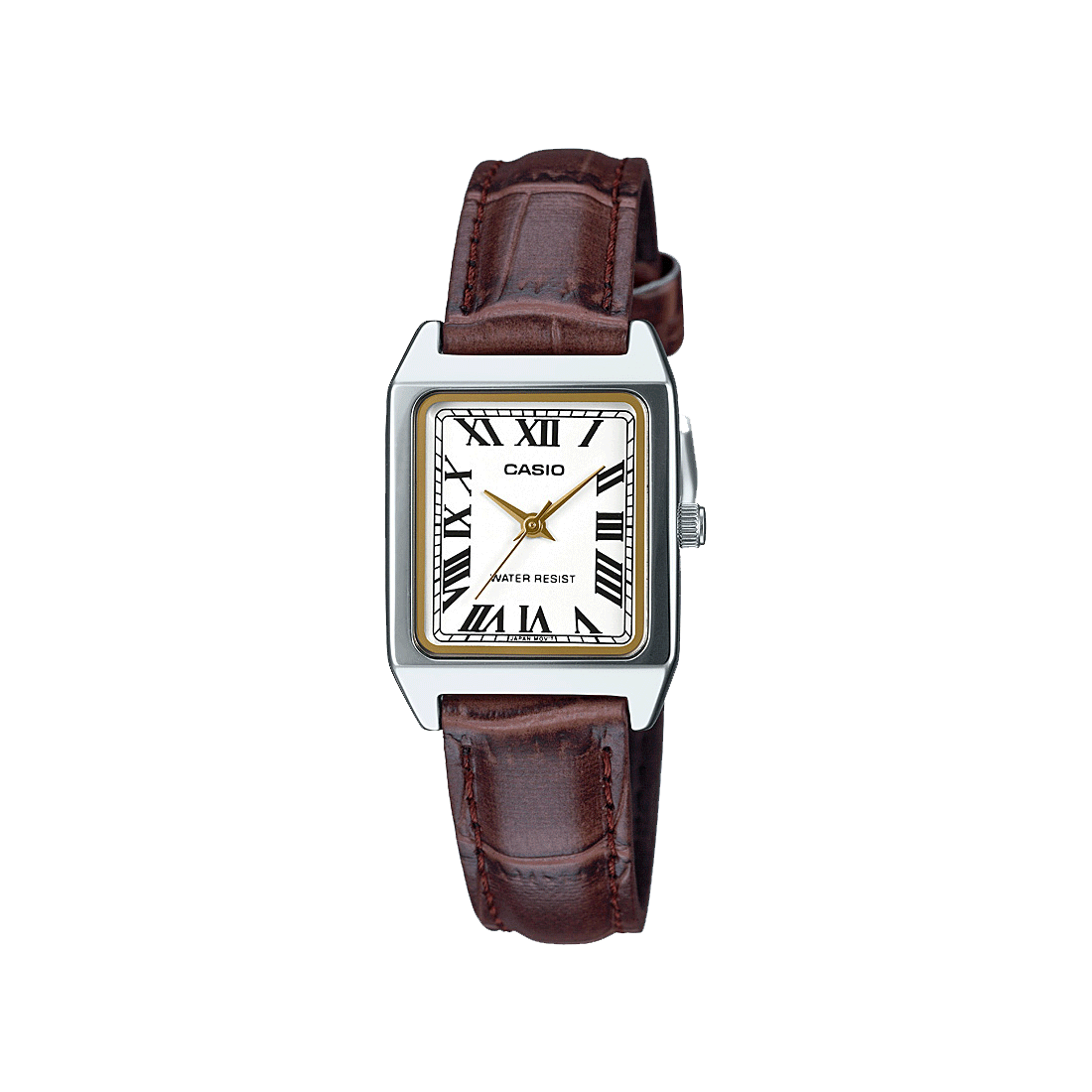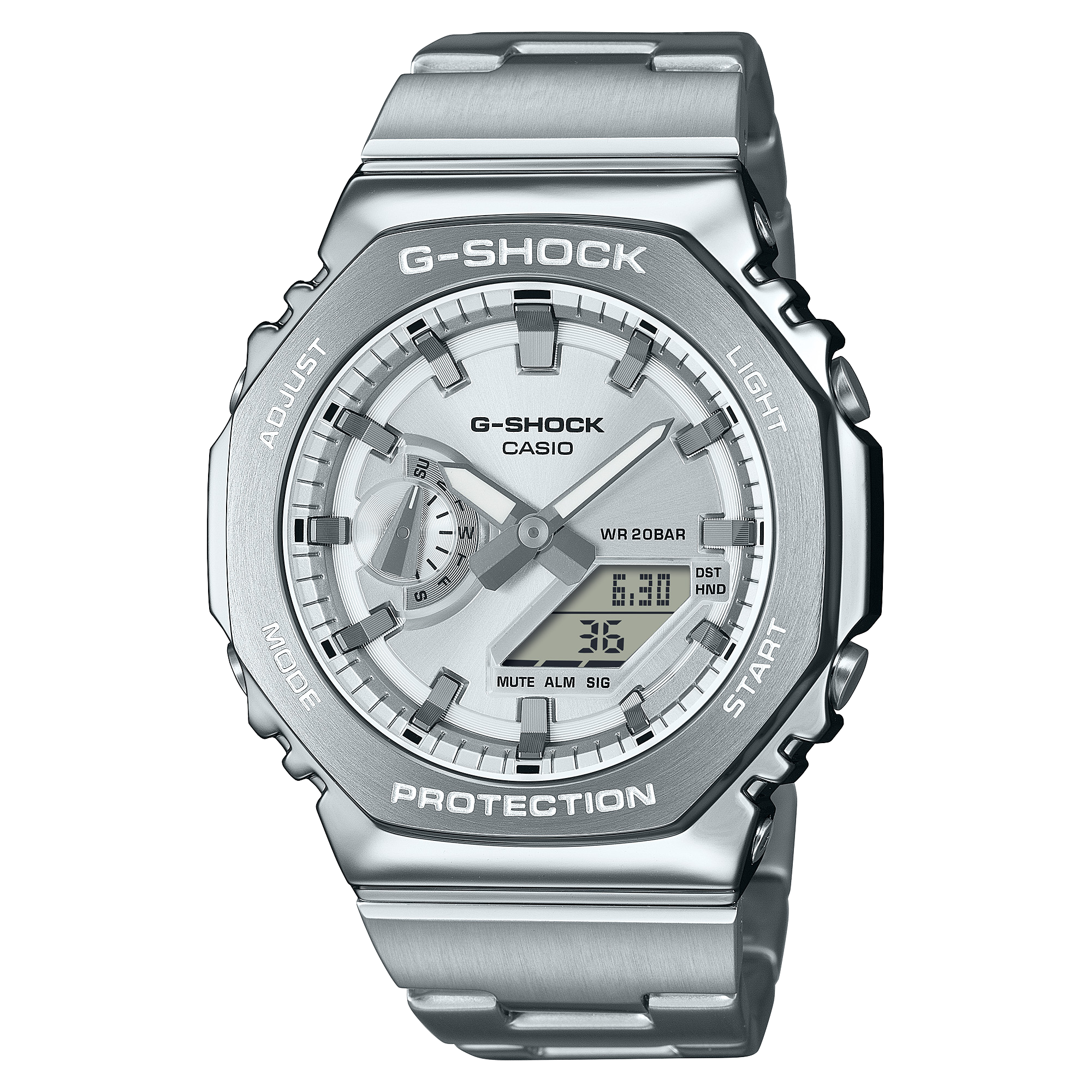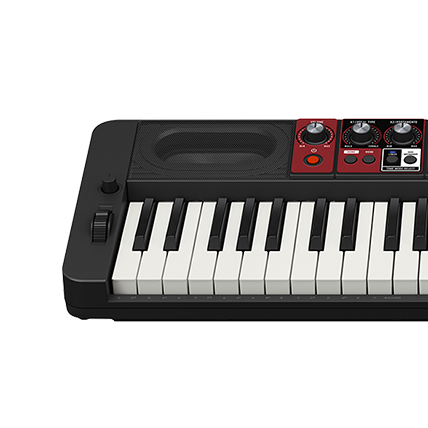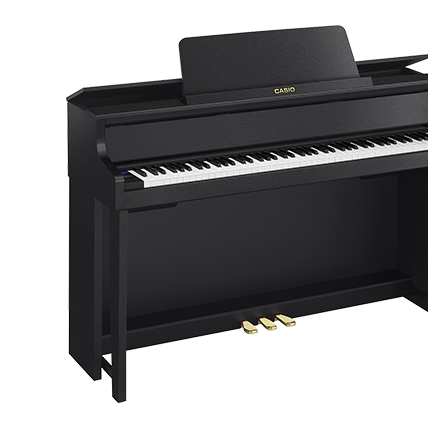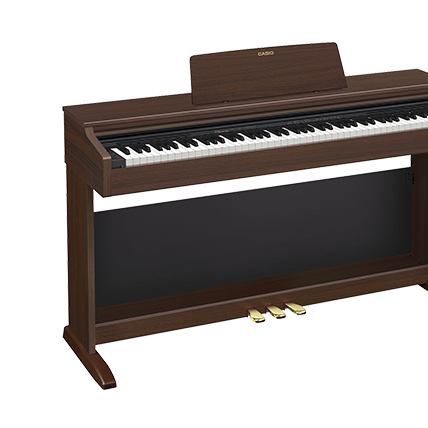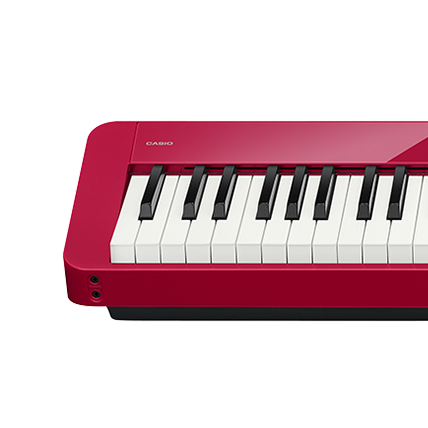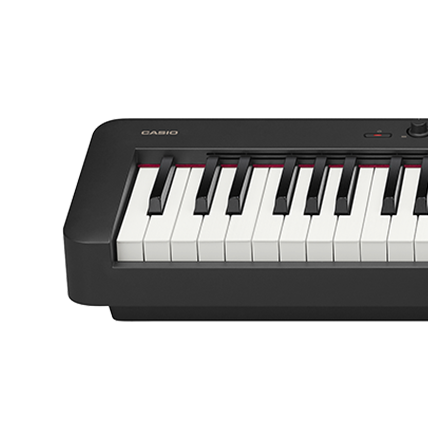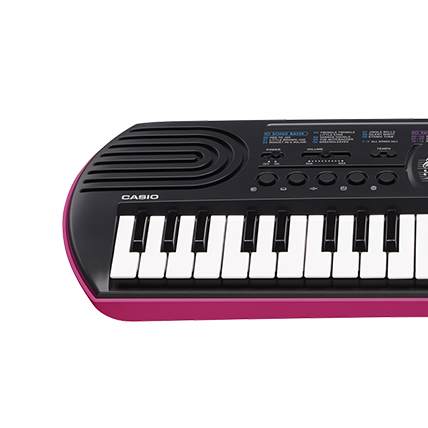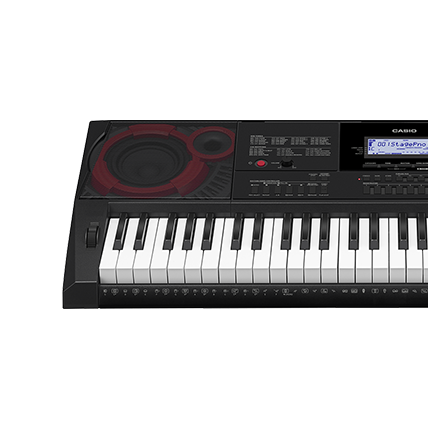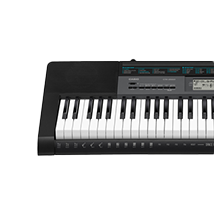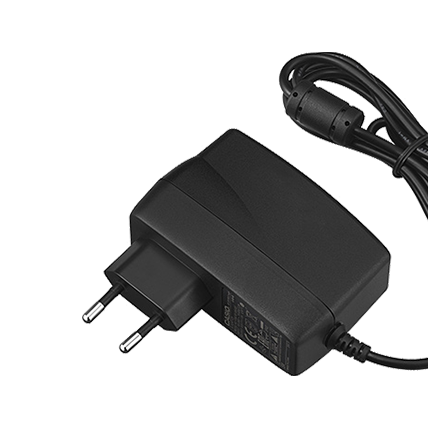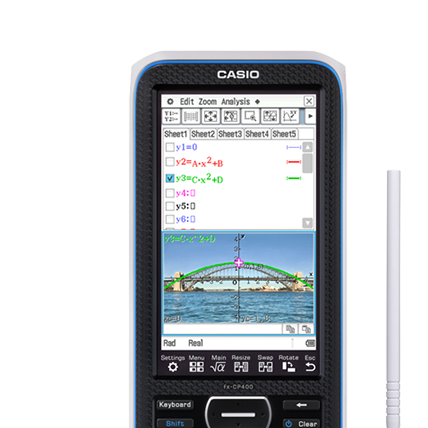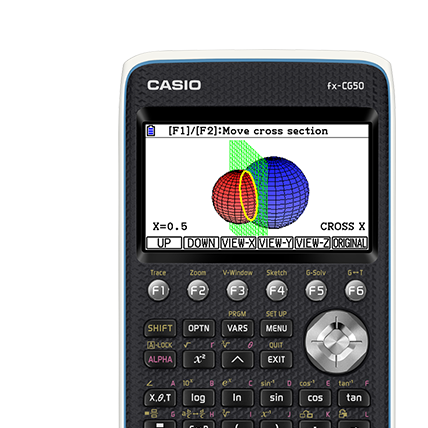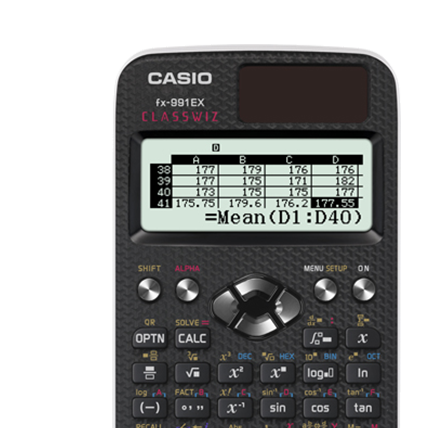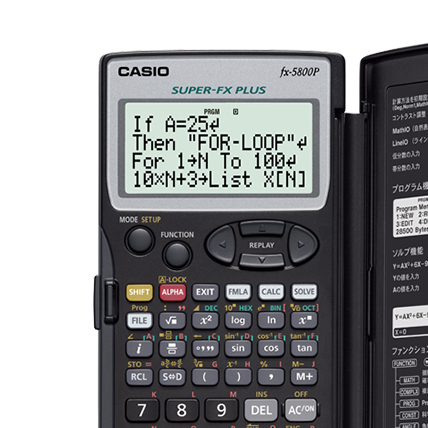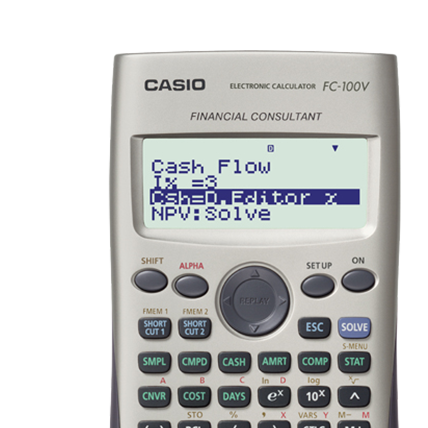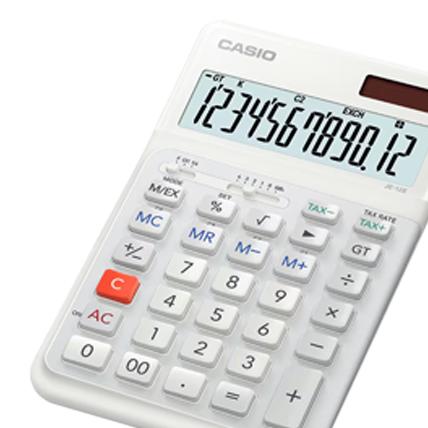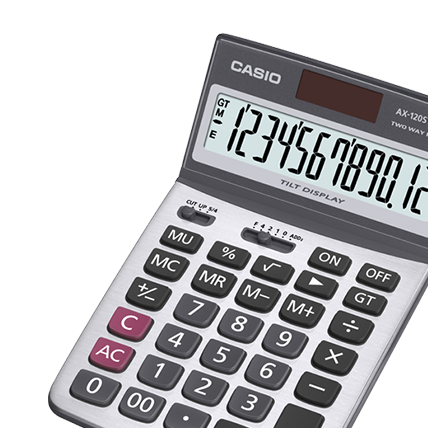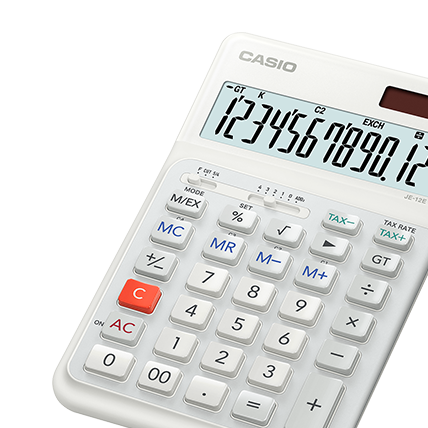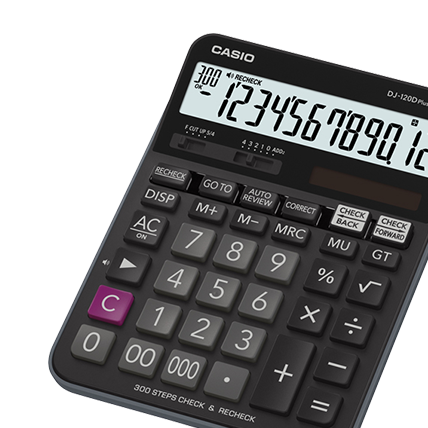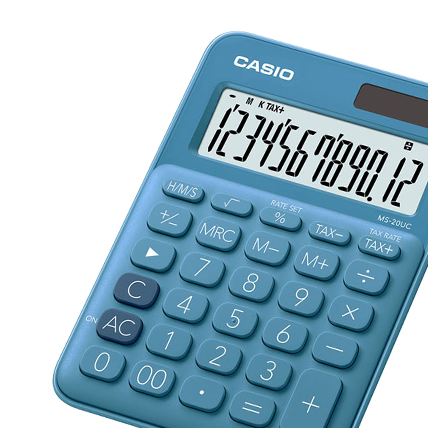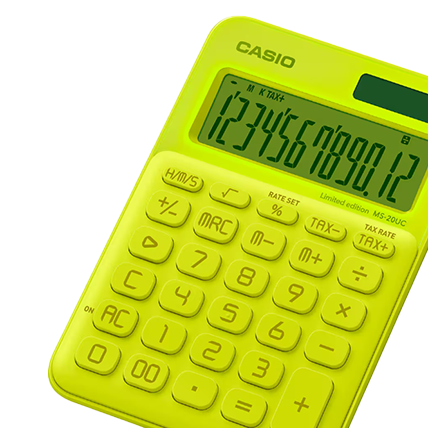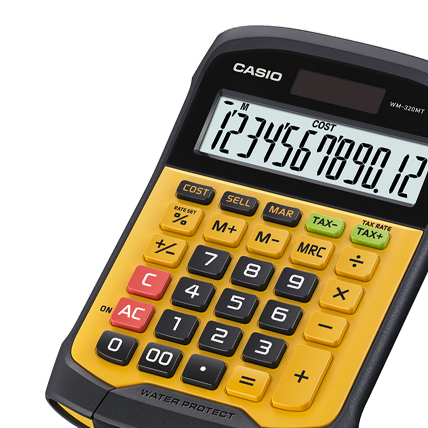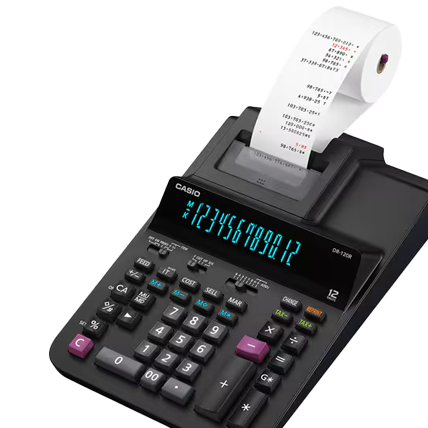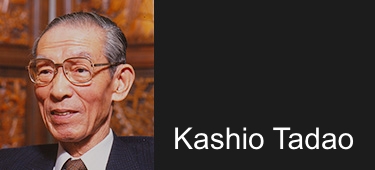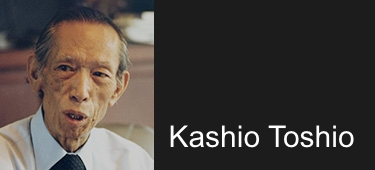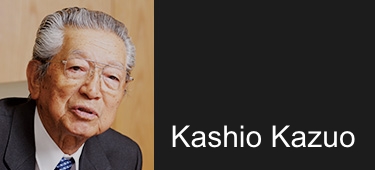
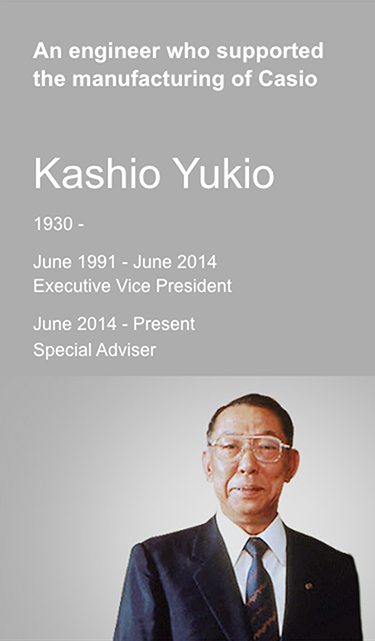

The youngest of the four Kashio brothers, Kashio Yukio supported the manufacturing backbone of Casio as an engineer. He made designs that would commercialize the inventions of his brother Toshio and improve their quality and created manufacturing technology for mass production.
Yukio, who studied design at university and while working, joined his three brothers at Kashio Seisakujo and began developing calculators. He learned the inner workings of calculators from handmade blueprints by his brother Toshio and turned them into actual products. Taking a hint from bowling scores, which used to be recorded by hand, he devised the world’s first personal calculator, the Casio Mini. He was a leading actor in developing highly successful products.
Yukio supported Casio’s manufacturing technologies for many years while striving to create products that were easy to use, affordable, and high quality. Beginning with a fully automated production line for calculators, the various mechanisms created by Yukio remain the foundation of Casio’s manufacturing network even today.
Born in Tokyo on November 29, 1930. After graduating from Nihon University’s Department of Mechanical Engineering, he joined Kashio Seisakujo in 1952 following a stint at Japan Steel Works. After serving as Managing Director and Senior Managing Director at Casio Computer Co., Ltd., he became Executive Vice President in 1991. He received the Science and Technology Contribution Award (2000) from the Director-General of the Science and Technology Agency. He is also a recipient of the Order of the Rising Sun (2005). Since 2014, he has been informing others about the spirit of manufacturing through inhouse lectures and media interviews as Special Adviser.


-


-
During the “calculator wars,” manufacturers were struggling to create thin and cheap calculators for personal use. For this, improvements in large-scale integrated circuits (LSI) and keyboards were necessary. Yukio started working on the latter. At the time, there was a spring under each of the calculator’s buttons. Due to this, it was impossible to thin down calculators. Yukio focused on this problem and devised the plate spring type, which involves making cuts in the form of a spiral in a metallic plate and forming a spring-like shape. This allowed him to create cheap and thin keyboards, and the Casio Mini was born. Yukio said, “Engineers must come up with the simplest way to realize their goal. Simple is the best.” He believes that by removing all the unnecessary parts, small, cheap, and high-quality products can be made.

-


-
Early relay calculators experienced contact faults. To protect the accuracy of calculations, the lifeline of a calculator, Yukio revised the design of the relay device. He created a “double contact” with a U-shaped plate with two contact points, one of which would always be connected. This eliminated the contact fault problem.
Yukio, who developed this technology to preserve the originality of a small-scale calculator that could perform accurate calculations, would later lead technological development that would result in unique products. Believing the core technology the company excels at to be absolutely necessary, he mastered the technology needed to realize light, small-scale, thin, and power-efficient personal calculators, multifunctional watches, and digital cameras. -


-
The four Kashio brothers felt relieved after successfully completing the relay calculator, but were left in the dust when it came to the digitization of calculators using transistors. They immediately switched to electronic calculators and recovered, but the experience led Yukio to say, “Technology is perishable. Even if you are using the latest technology, it will rot and become unusable as soon as you leave it alone. Manufacturers must always be aware of the world’s technological trends.” He stresses the importance of continuing to create new products instead of just holding on to past successes for manufacturers.
-


-
Since the dawn of Casio, Yukio has been involved in the design and manufacture of various products. Being responsible for turning Toshio’s ideas into reality, he says that excellent technology cannot be created in a day or two. “What creates new technology is the ‘engineer’s spirit,’ which is the ability to keep working tirelessly every day and pursue results until the end.” In 1983, Yukio developed the credit card-sized SL-800 calculator. It is stored in the Museum of Modern Art, New York City, as the technical end point of thin and small-sized calculators. “Technological prowess is the result of the accumulation of many years of effort by engineers. It is what allows us to create new products that have never been made before.” Yukio, who is an engineer, successfully grew Casio by devoting himself to study and continuing to develop original technologies.
-


-
Yukio became head of the production headquarters in 1965. He created a fully automated production line for calculators and established numerous production factories in addition to creating manufacturing technology for mass production. Yukio, who supported Casio with innovations in manufacturing technology, emphasizes the importance of seeing the production worksite with one’s own eyes. “If you take a look at the manufacturing process, you will be able to come up with ideas that lead to improved production. This will allow you to improve production efficiency and quality.” Yukio’s manufacturing technologies supported Casio in fulfilling its duty as a manufacturer to deliver higher quality products to more people than before.

